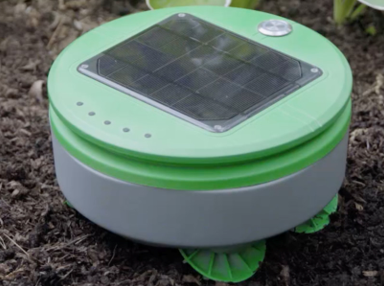A short time ago, the first jackfruit showed up in our markets, now rambutan has made an appearance (Nephelium lappaceum) Sapindaceae, soap berry family. Lychee is a similar, and more familiar species, a fruit making sporadic appearances in our markets. These are a little worse for wear, but not so dried out as to be ignored. Actually they were quite juicy, tasty, and give a reasonable idea of the nature of these SE Asian native fruits. TPP first tried these in Singapore actually. Now they are being grown in Guatamala, so they will become more familiar. They look spiny, but the "spines" are soft. While TPP has experimented with many fruits, you may be intimidated with unknown fruits, but they are pretty easy to eat using you teeth or thumb nail, break into the leathery skin near one end and pull this cap off. The rest of the skin peels off easily. There is a single pit and a translucent semi firm flesh (an aril actually) with a texture similar to a seedless grape is revealed. They have a sweet, and dare it be said, "fruity" flavor, rather mild and nondescript, but basically likable. Another close relative that TPP has only seen in Thailand is the Longan, smaller and with a tan-brown leathery skin. The Chinese described it as having a "hot" quality, which TPP took to be spicy (uh, no). They tasted like lychee or rambutan, but with a stronger after taste, however after eating 7 or 8, some 10 mins later the hot quality arrived via a sweating, a flushed face, and a more rapid heartbeat. That is a toxic reaction! Hot indeed!
Change of address
5 months ago in Variety of Life




























